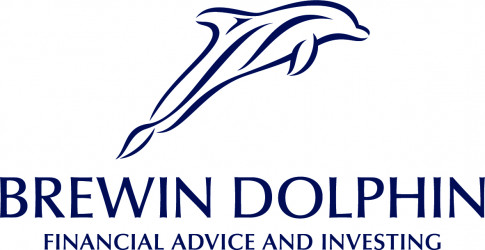Though it is a cliché to talk of Âstaff are a business biggest assetÂ, that doesnÂt mean that it is not true, and in industries where it is difficult to attract and retain the right talent, it becomes increasingly important that you are seen to value, nurture and develop your employees.
There are many business awards that recognise Âbest employersÂ, these often revolve around some form of employee engagement measure. Probably the best known is the ÂSunday Time Best 100 Companies To Work For and a respected and often used Âengagement model identifies 8 key areas :
 My Company
 Leadership
 My Manager
 My Team
 Personal Growth
 Wellbeing
 Giving Something Back
 Fair Deal
These areas are all important in ensuring that the individual is engaged and feels valued, and it is generally accepted.
ÂWhen people are engaged they feel connected to each other and to the aims of the organisation they work for. They believe in a shared purpose and feel they play an important part in fulfilling it.
An engaged workforce is more motivated and productive because people take pride in what they are doing and have faith in those around them. This leads to better working relationships, greater collaboration and ultimately, a more successful organisationÂ
Better Companies And it makes business sense
ÂThere are only three measurements that tell you nearly everything you need to know about your organizationÂs overall performance: employee engagement, customer satisfaction, and cash flow It goes without saying that no company, small or large, can win over the long run without energized employees who believe in the mission and understand how to achieve it Â
Jack Welch, CEO GE
So if we accept that Employee Engagement is important, how do we deliver it?
The answer is; there is no one answer, you have to engage with all members of staff; who are a ranges of ages, have dissimilar experiences and have very different expectations.
At one time the canteen noticeboard announcements and monthly printed newsletter were considered Âgood practice  these days people are looking for a little bit more, and millennials (those born 1980-2000) have real expectations.
According to the PWC Âmillennials at work statisticsÂ, they are also more numerous than any since the soon-to-retire Baby Boomer generation  millennials already form 25% of the workforce in the US and account for over half of the population in India.
By 2020, millennials will form 50% of the global workforce. Deloitte predicts they will make up 75% of the global workforce by 2025. This should not be shocking considering millennials are quickly becoming the most influential population in our market today as they are graduating from college and reaching their peak employment years. As a generation that came of age after the 2008 financial crisis and have never known a world without the internet, they have very different expectations about jobs and money.
These millennials are entering the workforce and they are bringing with them a new perception of what office life should be like and how relationships between employers and employees should be structured.
The average tenure of a millennial employee is two years, whereas the average tenure for Gen X employees is five years and seven years for Baby Boomers.
One of the primary reasons millennials are more likely to change jobs is because they are not willing to stick around if they do not believe they are receiving any personal benefit or growth.
Millennials embrace a strong entrepreneurial mindset and they are often on the lookout for opportunities that can continue to move them up the ladder, even if that means up and out of their current position.
As digital natives, millennials have grown up in an era where the number of resources they have is almost infinite making them more efficient problem solvers and critical thinkers. So if we are to engage with employees, particularly millennials, we need to look at a more real-time, interactive, multimedia and dynamic communication channel.
adi Telecom have been working with a large UK based international manufacturer to develop a multimedia solution which allows them to make digital media content available to their employees via large screens in the offices, canteen, and production areas as well as on a branded App for their personal phones. This allows them to be able to see the content at a time that suits them.
The company will still provide much of the same corporate content, but it will now augment it with a range of multimedia output (videos, graphics, animations etc.) and additional topics covering, Personal Growth, Wellbeing, Giving Something Back and Fair Deal. In addition the App will allow individuals to respond back to the organisation with simple video blogs and comments /ideas through.
The primary purpose being to make the company Âeasy to engage with  the digital media server and App will allow the company to respond quickly to employee needs as any content item can be scheduled to any screen on any site or any individual or group via the App through a simple control screen.
For more information on adi TelecomÂs Âemployee engagement solution please contact
V.Brashko - adi Telecom
vbrashko@adiltd.co.uk











